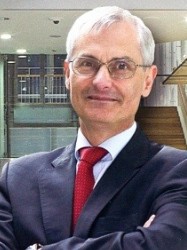BibTex format
@inbook{Whatmore:2014:10.1007/978-1-4020-9311-1_4,
author = {Whatmore, R},
booktitle = {Characterisation of Ferroelectric Bulk Materials and Thin Films},
doi = {10.1007/978-1-4020-9311-1_4},
editor = {Cain},
pages = {65--86},
publisher = {Springer},
title = {Characterisation of pyroelectric materials},
url = {http://dx.doi.org/10.1007/978-1-4020-9311-1_4},
year = {2014}
}

